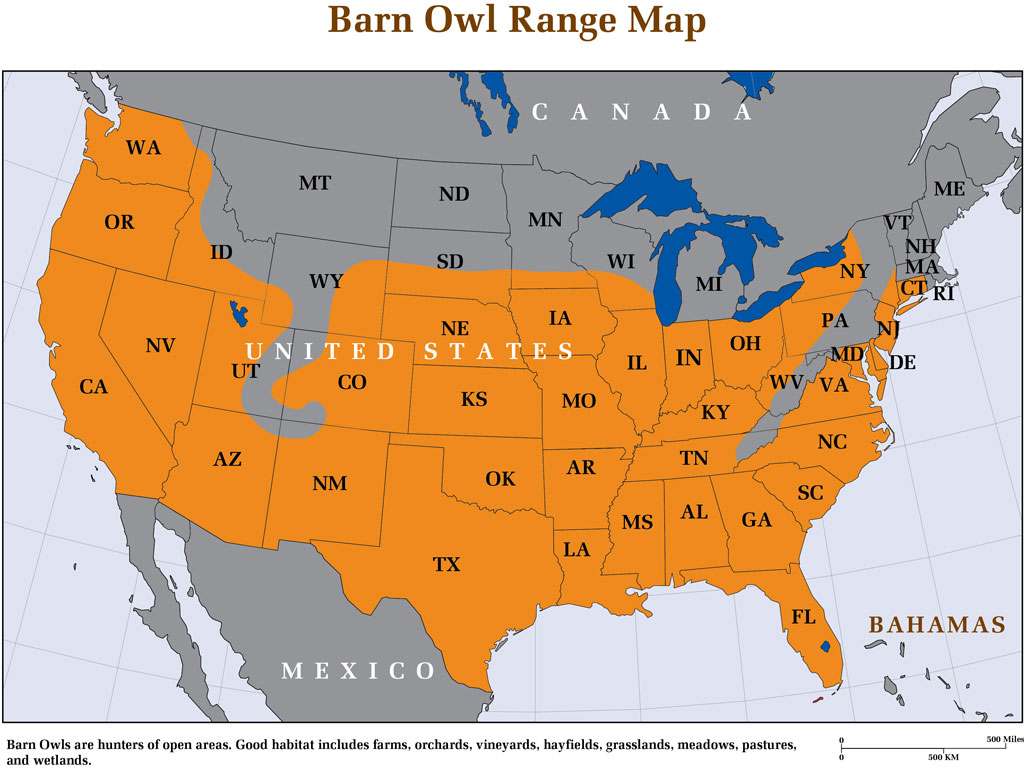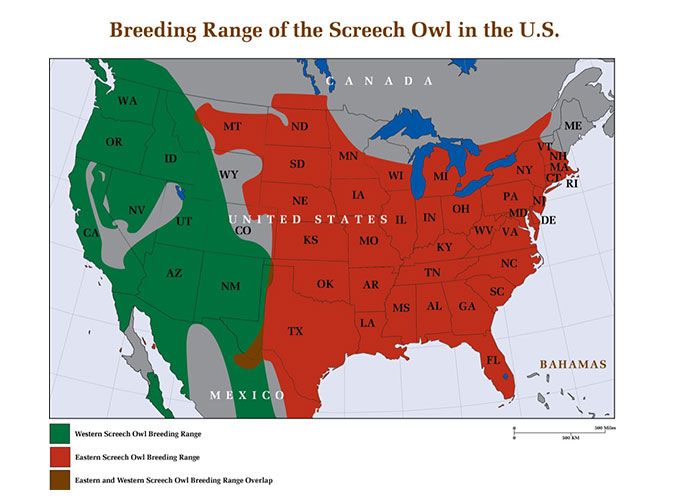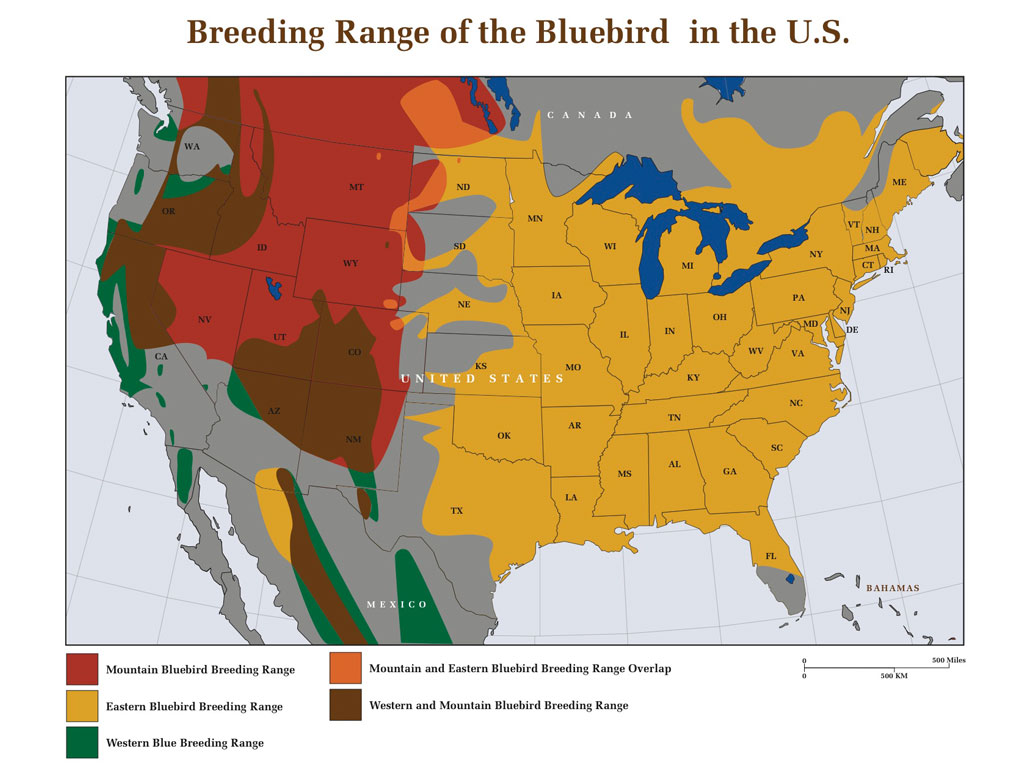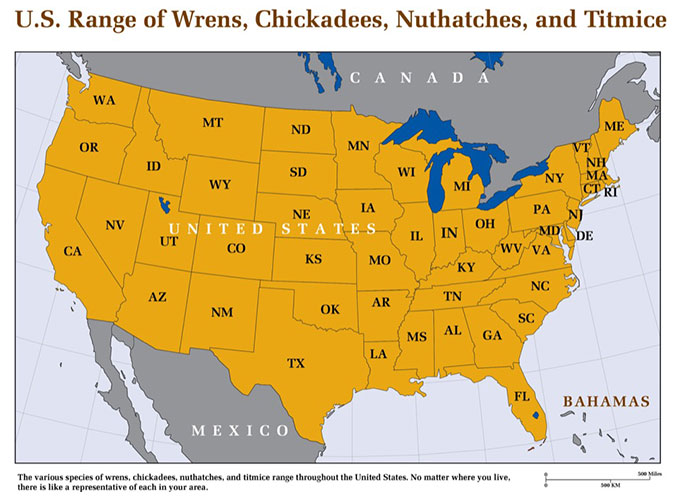Free Shipping to the Contiguous United States
Barn Owl Nests
Barn Owl Nesting Sites Around the World
Cavity Nesting Birds
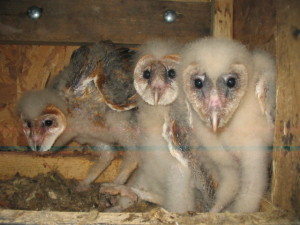
Barn owls are cavity nesters, just as are many other birds, such as woodpeckers, titmice, chickadees, wrens, and bluebirds. In fact, the 8500 species of birds in the world can be divided into those that nest in cavities and those that build their own nests. (A few species, such as great horned owls, steal other bird’s nests.)
Originally, cavity nesters primarily nested in hollow trees, in caves, and in crevices in river banks, sandstone cliffs, caves, and lava beds. The advantages to being a cavity nester are many: there is little work to be done in preparation for egg laying; a snug hollow is dryer and warmer than an open stick nest; wind causes less damage to clutches of eggs and broods of chicks; and cavity nests are more protected from predators.
One disadvantage of being dependent on natural cavities is that the birds have to find one large enough for their brood or they cannot breed successfully. In fact, a lack of suitable nesting sites is often cited as the primary limiting factor in the populations of cavity nesting birds. It is hard enough finding a hollow big enough to raise a brood of bluebirds in; but barn owls must find substantially larger cavities and this can create a challenge for these large owls. The other side of this is that cavity nesting bird numbers can be increased dramatically by providing suitable nesting sites.
Barn Owl Nests in Nature
Barn owls are extremely resourceful creatures; and nowhere is this more evident than in their creative choices when it comes to nesting sites. Naturally, throughout the world, they frequently nest in dead trees that contain suitable hollows. In the states of Washington and Oregon, they nest in the nooks and crannies of volcanic cliffs where the cooling lava created the perfect havens. Sandstone cliffs in the American southwest provide much the same with hollows created by wind and rain. In tropical areas, they sometimes resort to nesting on dead palm fronds. In limestone areas they fly into caves and nest on ledges. And in places where there seem to be no trees or cliffs or caves, such as large grassy marshes, they have been known to abandon all care and nest on the ground.
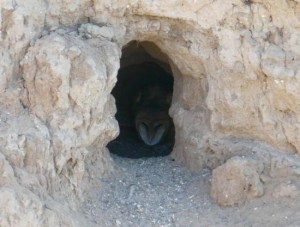
One of the more interesting habits of barn owls is their digging of their own nesting cavities in the clay and earth of river banks and other places where their claws can work the soil. This was unknown to science until recently when researchers, having found barn owls in such cavities many times, actually observed the animals using their claws and feet to create suitable hollows for their eggs and young.
Barn Owl Nests in Manmade Structures
Structures made by humans opened up a whole new world of choices. When humans first began to build thatch-roofed huts, barn owls found their way into the thatch to raise their young. And when barns began to accompany all human settlements, barn owls expanded and increased wherever humans cleared forest, planted crops, and built barns.
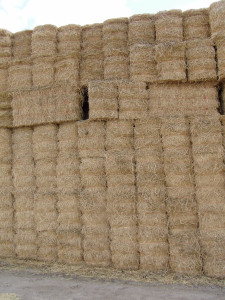
Barn owls have nested in old machinery, grain hoppers, and barrels left on the ground. In the American southwest they will descend as much as a hundred feet into abandoned mines to raise their young. In Nevada and Washington hayfields where farmers create huge stacks of hay bales, barn owls will nest as little as five feet apart in the hollows between the bales.
In Florida sugar cane fields, barn owls often get into trouble when they try to investigate cisterns as potential nesting sites. It was in sugar cane fields that the author was shown a barn that contained seven nesting pairs of barn owls, all with chicks. One pair nested under a wooden ramp made of slats. Another nested on the floor beneath a child’s plastic swimming pool turned upside down. Two others balanced their nests on wide beams. In old silos of the Shenandoah Valley of Virginia, barn owls dig cavities in the old silage where they lay their eggs.
In other words, barn owls will nest wherever they can!
The Importance of Barn Owl Boxes
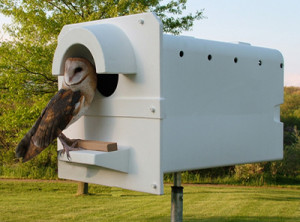
In parts of the barn owl’s range, a number of changes made by humans have caused barn owl numbers to decline. Dead trees are routinely removed from the landscape. Wooden barns are being replaced by metal barns that do not afford the owls access. And farming has become much more intensive, with few places left that provide good nesting sites for these owls. Yet, in many places, rodent populations proliferate and could support good numbers of barn owls–the main issue is lack of nesting sites.
This is true in almost all types of agriculture, whether it is wheat fields, hay fields, row crops, sugar cane, rice plantations, orchards, or vineyards. In areas of such land use, it is quite possible to attract these owls simply by putting up nest boxes. This can be done in order to create a natural rodent control program on a farm, or for conservation, or merely for the pleasure of having these owls around.
Farmers should take notice of the fact that a single barn owl family consumes between 1000 and 2000 rodents annually and that other methods of killing rodents on a farm, such as trapping and poisons, are far more expensive and time consuming.
For more information, go to our Barn Owl Box Pole Model and Barn Model pages.

